A Beginners guide to Iceland
So you want to come to Iceland, the land of fire and ice. To help you prepare for your road trip around Iceland in a rental car, we want to give you the big picture as what to expect, a few good to know things. After you have read this, you can Google to find out more or maybe you’ll find the answers you need in our blogs.
Facts about Iceland
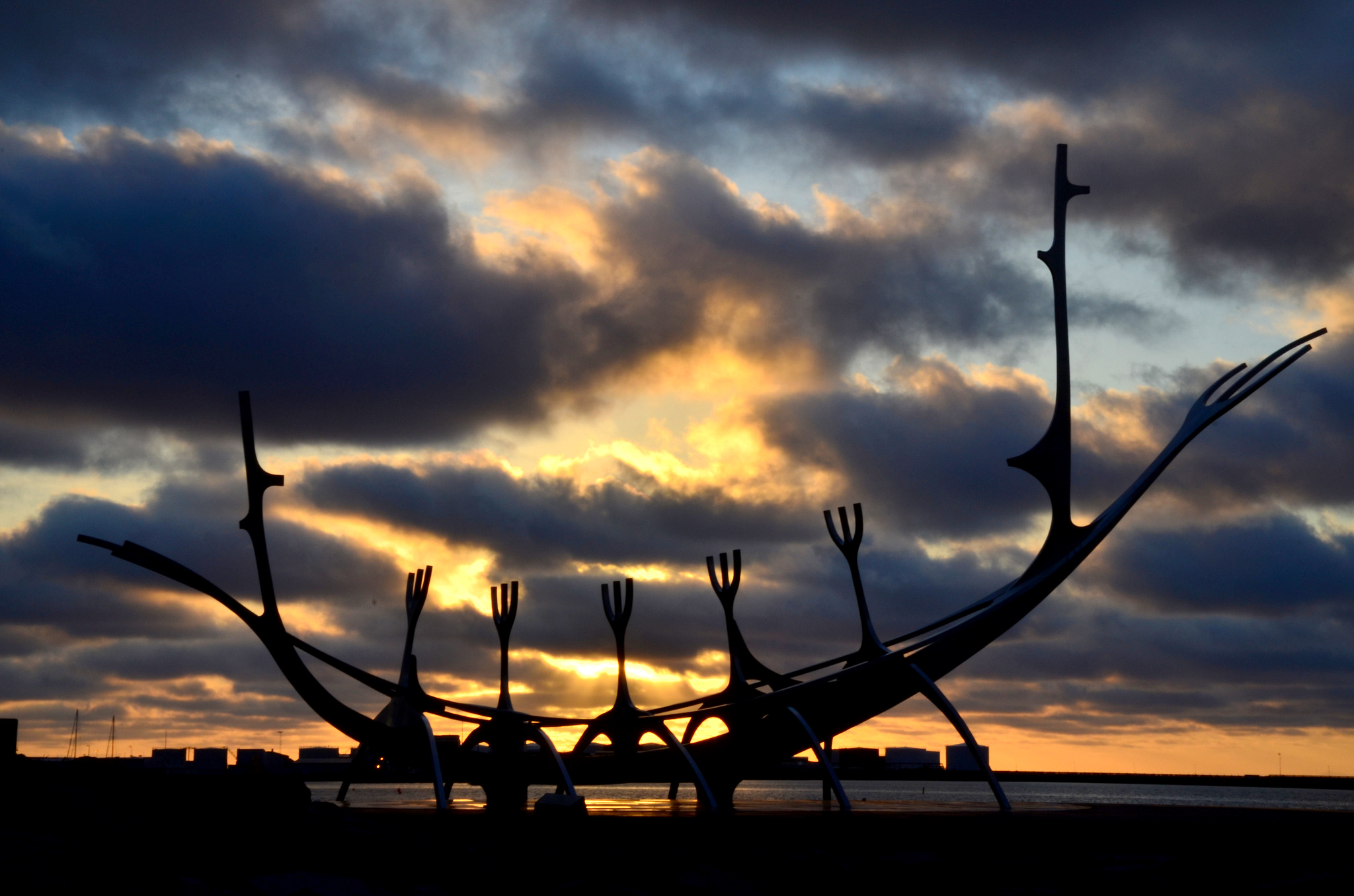 For 2016, there are about 336,000 people living here with over a third of the population living in Reykjavik and its surrounding areas. Everybody lives close to the coastline with no one with a permanent residence in the highlands. It’s also one of the least dense populated in the world with only 3 inhabitants per square kilometer.
For 2016, there are about 336,000 people living here with over a third of the population living in Reykjavik and its surrounding areas. Everybody lives close to the coastline with no one with a permanent residence in the highlands. It’s also one of the least dense populated in the world with only 3 inhabitants per square kilometer.
Iceland is about 103,000 square kilometers (40k square miles). Iceland can fit within the borders of Colorado or roughly the size of Wales or south England.
There are not many big forests here but you have areas resembling a big Forrest. The highlands has very little vegetation but the flowers growing there takes decades to grow so please be careful with them.
Icelandic water
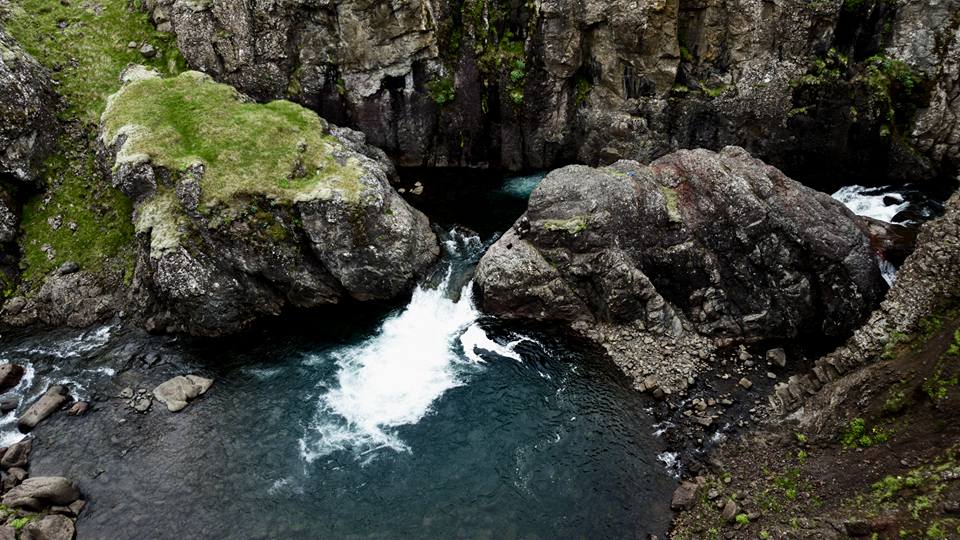 The one thing you do not need to buy in Iceland is water. Spending money on bottled water is not only a waste of money, it’s also excess use of plastic. We have one of the absolutely best water in the world, straight from the tap. I’ts not processed, we do not add anything to it for it is super clean after been going through a filtering process, seeped through the lava and taking thousands of years being filtered.
The one thing you do not need to buy in Iceland is water. Spending money on bottled water is not only a waste of money, it’s also excess use of plastic. We have one of the absolutely best water in the world, straight from the tap. I’ts not processed, we do not add anything to it for it is super clean after been going through a filtering process, seeped through the lava and taking thousands of years being filtered.
When most Icelanders see tourists with a bought water bottle, we all think the same, what a waste and how sad you don’t get to drink our delicious water, to get the experience of pure nature. Not only is our tap water very, very clean, so is our water in our rivers, streams and lakes. As long as the river/stream doesn’t pass farmed lands and doesn’t have a whitish hue to it (then it has glacier melt water in it), you can drink it. Me, the writer of this blog fish a lot and I have a “ceremony”, I taste the water wherever I fish in Iceland (except under the conditions above) and after 20 years, I have never felt any ill effect of any water. So please, drink the water you get for free and don’t spend money on bottled water.
Not only do we have the luxury to have such incredible fresh water, we also have the luxury of geothermal water. Our warm water is naturally so hot, we have too cool it down before heating houses with it or running it through a tap.Geothermal water is, unfortunately, not available for all houses in Iceland. Some places are just too far from a well or hot spring but the majority of houses are heated with this water. You’ll find that water in the taps and showers too and for the newcomer, you might think the warm water smells funky, and it does because of the sulfur content but everything is as it should be and it’s perfectly safe to use it but you do not drink the warm water and make sure you don’t burn yourself when you use it.
Aurora Borealis aka Northern lights
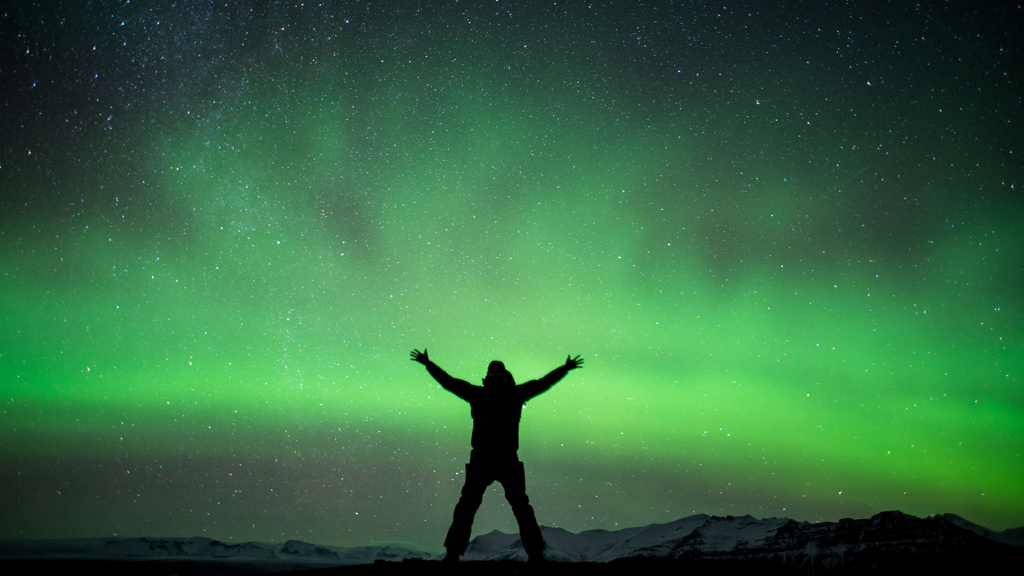 Many visitors coming here have at the very least heard of Northern lights and want to experience it themselves. So what is northern lights then? On a regular interval, explosions occur on the sun’s surface, shooting off a great amount of charged particles, let’s call it sun dust. When that dust hits the earth’s atmosphere, the gaseous particles, light occur and as the name suggests, it’s a phenomenon that occurs in the northern hemisphere. One also sees similar lights in the south hemisphere but then it’s called Aurora Australis. Because we are talking about light, you need to be here when the nights are dark. That’s from September to April but that also most often mean cold nights. If you are planing to photograph Northern lights, dress accordingly.
Many visitors coming here have at the very least heard of Northern lights and want to experience it themselves. So what is northern lights then? On a regular interval, explosions occur on the sun’s surface, shooting off a great amount of charged particles, let’s call it sun dust. When that dust hits the earth’s atmosphere, the gaseous particles, light occur and as the name suggests, it’s a phenomenon that occurs in the northern hemisphere. One also sees similar lights in the south hemisphere but then it’s called Aurora Australis. Because we are talking about light, you need to be here when the nights are dark. That’s from September to April but that also most often mean cold nights. If you are planing to photograph Northern lights, dress accordingly.
Icelandic roads
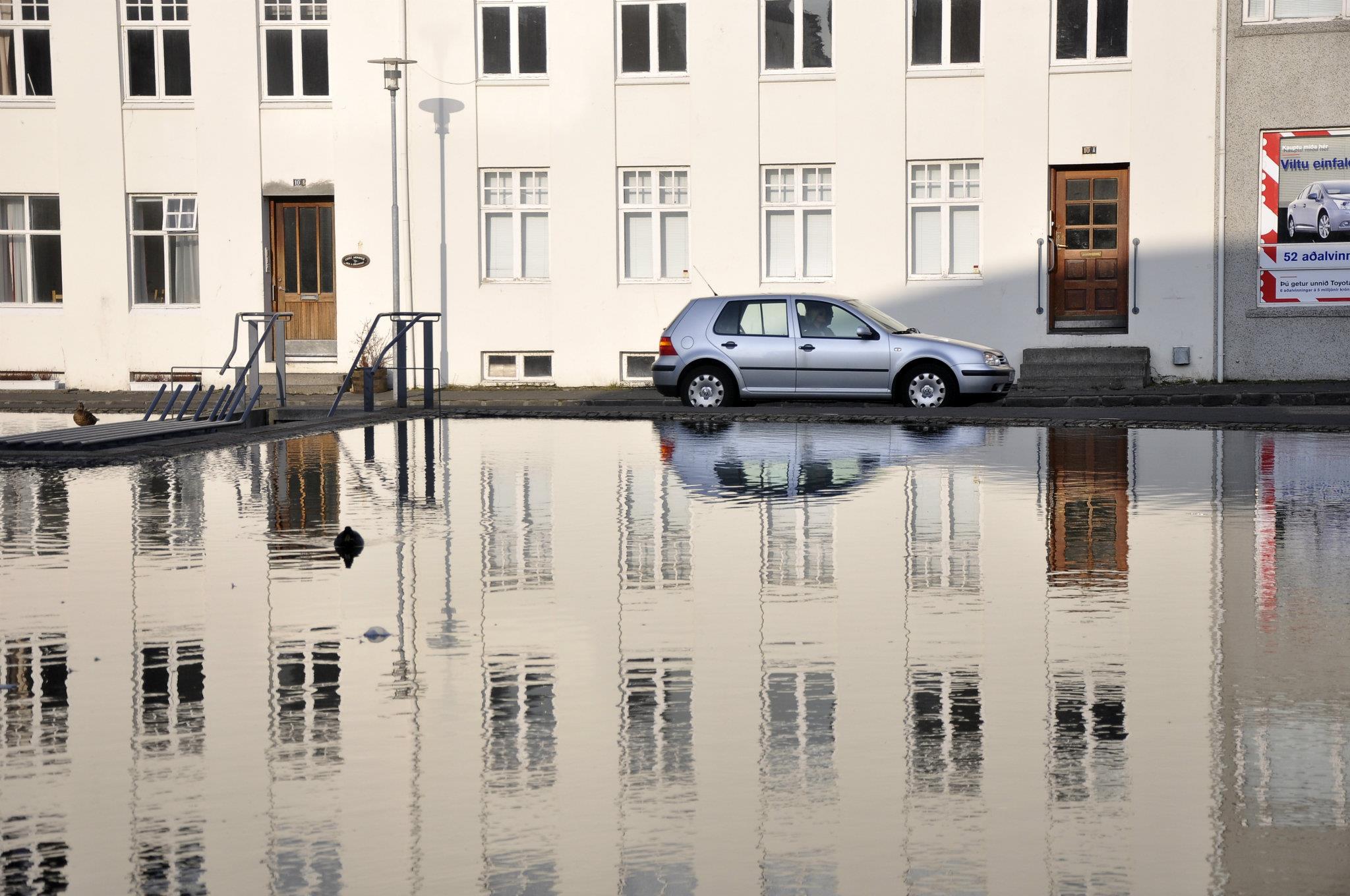 Our main road which goes around Iceland is called the ring road, road nr:1. It covers most of the coastal area of Iceland except the most further northeast parts and the northwest parts, called Westfjords. The greater part of the ring road is paved, has two lanes but is far from being a highway visitors are used to at home. We still have a few single lane bridges which is one of the causes for the increase of tourist related accidents every year. Our roads in Iceland will remind you more of country roads in remote places. Pretty narrow, tight turns and there are seldom rails except on bridges. We also have single lane tunnels in Iceland, always requiring one side of the traffic to yield for the other. It’s always clearly signed before you enter the tunnel and there are always passing places at regular intervals where the one obligated to yield can safely stop the car and let the oncoming traffic safely pass.
Our main road which goes around Iceland is called the ring road, road nr:1. It covers most of the coastal area of Iceland except the most further northeast parts and the northwest parts, called Westfjords. The greater part of the ring road is paved, has two lanes but is far from being a highway visitors are used to at home. We still have a few single lane bridges which is one of the causes for the increase of tourist related accidents every year. Our roads in Iceland will remind you more of country roads in remote places. Pretty narrow, tight turns and there are seldom rails except on bridges. We also have single lane tunnels in Iceland, always requiring one side of the traffic to yield for the other. It’s always clearly signed before you enter the tunnel and there are always passing places at regular intervals where the one obligated to yield can safely stop the car and let the oncoming traffic safely pass.
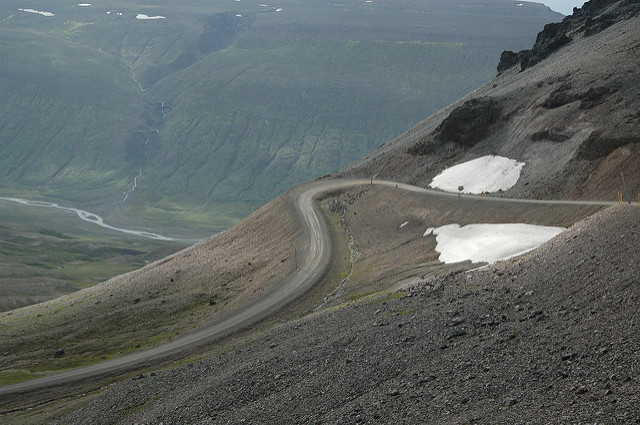 F-roads are another type of road we have here in the mountains and highland. They are usually very rough and all rental car companies requires you to rent a 4×4 to drive on these roads. The F-roads are also well marked on maps and with signs. Before you enter an F-road, it will be marked saying you are doing so. Some F-roads requires fording rivers to continue on but if you choose to do so, no insurance covers any possible damage caused by water. In fact, fording a river is not for the ordinary tourist and should you choose to do so, ask locals first before trying, wait for others, see how others do it, how the drive the river. So many rivers are just far too deep to be traversed in ordinary 4×4’s so know what you are doing and take no chances.
F-roads are another type of road we have here in the mountains and highland. They are usually very rough and all rental car companies requires you to rent a 4×4 to drive on these roads. The F-roads are also well marked on maps and with signs. Before you enter an F-road, it will be marked saying you are doing so. Some F-roads requires fording rivers to continue on but if you choose to do so, no insurance covers any possible damage caused by water. In fact, fording a river is not for the ordinary tourist and should you choose to do so, ask locals first before trying, wait for others, see how others do it, how the drive the river. So many rivers are just far too deep to be traversed in ordinary 4×4’s so know what you are doing and take no chances.
When you drive off the Ring Road, you might come across gravel roads. The same rules apply to them as to driving in snow. Drive carefully, drive slowly, and never exceed the speed limit. Driving in Iceland can be challenging and you should always check that someone in your travel party is happy to take the wheel when wondering whether or not you should rent a car.
Icelandic weather
There is a saying here, if you don’t like the Icelandic weather, wait 15 minutes. That can certainly be true at times but what can be expected during the different seasons?
Spring
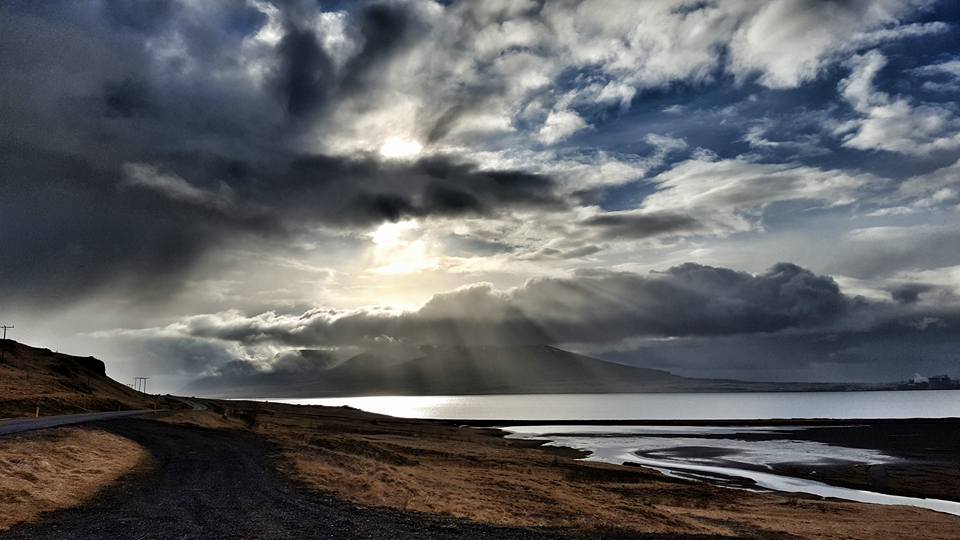 Spring can be very temperamental and it’s necessary to be on top of the weather forecasts and news about road conditions while driving around Iceland for it can change very fast indeed. From a brilliant, crisp spring day to a full blown snow blizzard. Our rental cars have studded tires from the first snow in the fall to April the year after. Also, the days gets longer and longer fast during spring and low sun can create a temporary problem.
Spring can be very temperamental and it’s necessary to be on top of the weather forecasts and news about road conditions while driving around Iceland for it can change very fast indeed. From a brilliant, crisp spring day to a full blown snow blizzard. Our rental cars have studded tires from the first snow in the fall to April the year after. Also, the days gets longer and longer fast during spring and low sun can create a temporary problem.
Make sure you follow the temperatures too while driving for it does not have to be below freezing for the roads to become very icy. One never knows the condition of the roads after any given winter so there might be deep pot holes one has to be aware of too. Most road work takes place during late spring or the beginning of the summer.
Summer
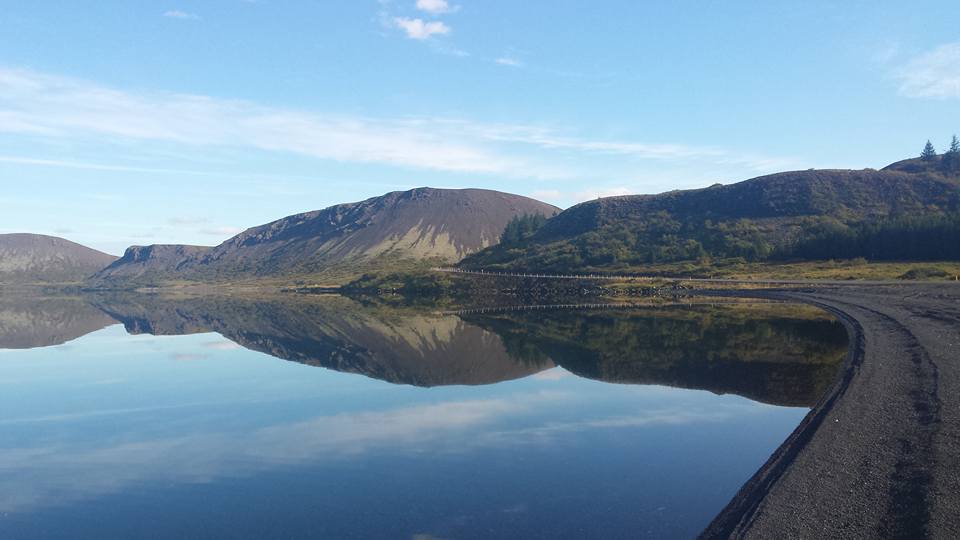 The days of eternal light. Some people love the nights, others can have a problem falling asleep. We of course wish we had sun all summer long but you might experience days of crap weather not worthy being called summer days but, wait 15 minutes.
The days of eternal light. Some people love the nights, others can have a problem falling asleep. We of course wish we had sun all summer long but you might experience days of crap weather not worthy being called summer days but, wait 15 minutes.
It’s easy to forget time when the sun is up. Before you know it, it’s two at night while your brain says it’s 10 in the evening. Make sure you get your rest before heading off again. Temperatures during summer can vary from 5 to 25 degrees C (41-77F). East side usually gets the highest temps while the northeast can be the coldest. Up in the highlands the days can be bone dry and very hot while the nights can be really chilly.
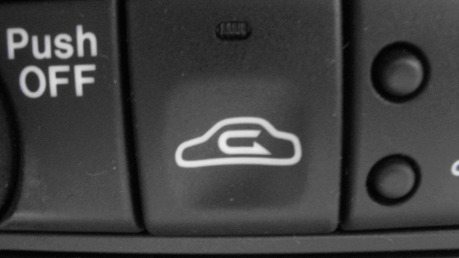 Dry summer days means dusty unpaved roads. If you come to a very dusty area, hit the button to the right so the car won’t take in new outside air, bringing in the dust. When the dust settles, hit the button again to get fresh air.
Dry summer days means dusty unpaved roads. If you come to a very dusty area, hit the button to the right so the car won’t take in new outside air, bringing in the dust. When the dust settles, hit the button again to get fresh air.
Fall
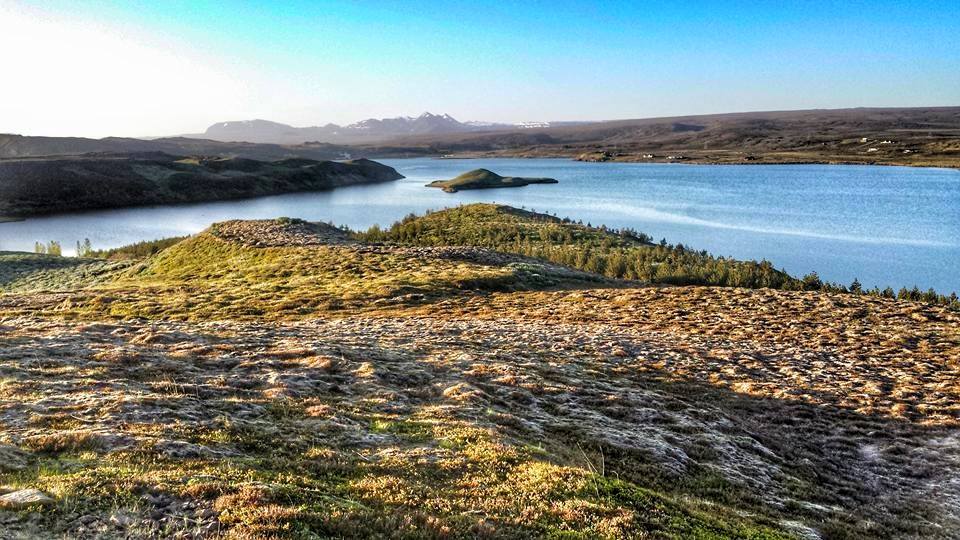 Fall in Iceland can have the most dynamic colors you may ever have experienced. Together with the changing of seasons with everything that comes with that, you can also have such swift but amazing weather changes with incredible light painting the landscapes in such dynamic colors. As soon as the nights are dark and clear, you have a chance to get to see northern lights too. You can also be surprised by snow, one never knows but it is a fantastic season for traveling in Iceland. Another positive side is that you get to have many of the big destinations in Iceland almost to yourself. The bulk of tourists have left and all that is left is you, the open road and stunning scenery.
Fall in Iceland can have the most dynamic colors you may ever have experienced. Together with the changing of seasons with everything that comes with that, you can also have such swift but amazing weather changes with incredible light painting the landscapes in such dynamic colors. As soon as the nights are dark and clear, you have a chance to get to see northern lights too. You can also be surprised by snow, one never knows but it is a fantastic season for traveling in Iceland. Another positive side is that you get to have many of the big destinations in Iceland almost to yourself. The bulk of tourists have left and all that is left is you, the open road and stunning scenery.
Winter
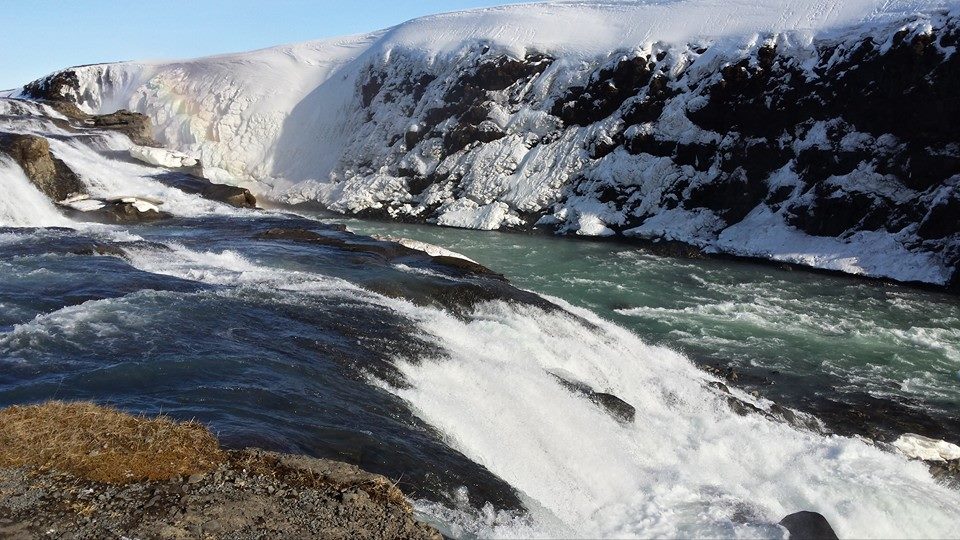 Winter can be so beautiful in Iceland but it also offers at times a challenge. Many don’t have the experience to drive in snow. On the south side of Iceland, there is no guarantee there will be snow but it does happen and at times it comes very violently. The more north you go during winter, the higher the chance to get snow.
Winter can be so beautiful in Iceland but it also offers at times a challenge. Many don’t have the experience to drive in snow. On the south side of Iceland, there is no guarantee there will be snow but it does happen and at times it comes very violently. The more north you go during winter, the higher the chance to get snow.
It is of utmost important to be on top of the latest weather forecasts and get local information while traveling around Iceland. We might get snow as early as September all over Iceland and it can stick to the ground all the way into May. One never knows. The Westfjords is the area that gets the most snow regularly but the south side does get its share too but it seems it has become less and less with every year.
As with any adventure in new territory, prepare yourself, read up on what to expect, talk to the locals and enjoy the fantastic scenery you are about to witness.
Safe travels! #GoIceland
If you like our videos, please subscribe to our YouTube channel!
